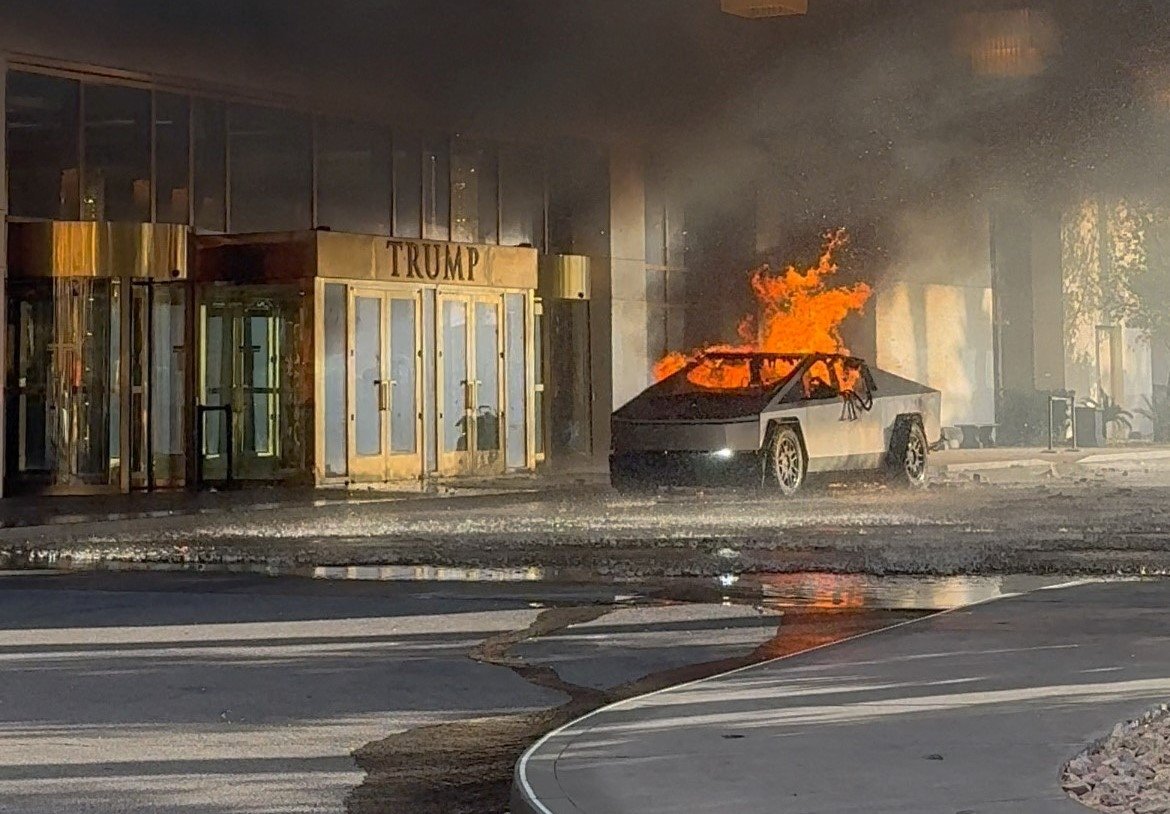It’s been a year since Oct. 7, the date when Hamas (a Palestinian organization defined by the US State Department as a terrorist organization) attacked Israel after growing hostilities in the middle east. The attack on Israeli on Oct. 7th and the conflict that resulted from it has no end in sight. The conflict entered a new phase on Sept. 18 when Hezbollah (A Lebanese Terrorist organization according to the US State Department) pagers exploded. Hezbollah uses pagers as a communication device, and Israel allegedly planted small explosives Twelve people were killed, including two children, with another 2,700 people being injured.
Israel and Hezbollah have been exchanging fire lately; however, the conflict between the two has ramped up in intensity since Sept. 18th. On Oct. 1, Iran, Israel’s regional adversary, launched a barrage of missiles in response to Israel’s strikes on Hezbollah in Lebanon.
Hezbollah used pagers to avoid detection and interception by the Israeli intelligence services. Israel has been aware of this fact for many years and has set up a shell company to create fake pagers that worked but were also rigged with small amounts of explosives. This company then supplied Hezbollah and possibly other organizations with communications equipment such as pagers and radios.
While the exchange in the Middle East has been relatively limited in its scale compared to prior conflicts, the predominant fear in the US is that this war might spread to a larger regional war, especially with the recent Iranian strikes in Israel and the escalation of strikes in Lebanon. A larger conflict in the Middle East could majorly destabilize the region while also showing the reaching control of the Mossad (Israel’s intelligence service).




